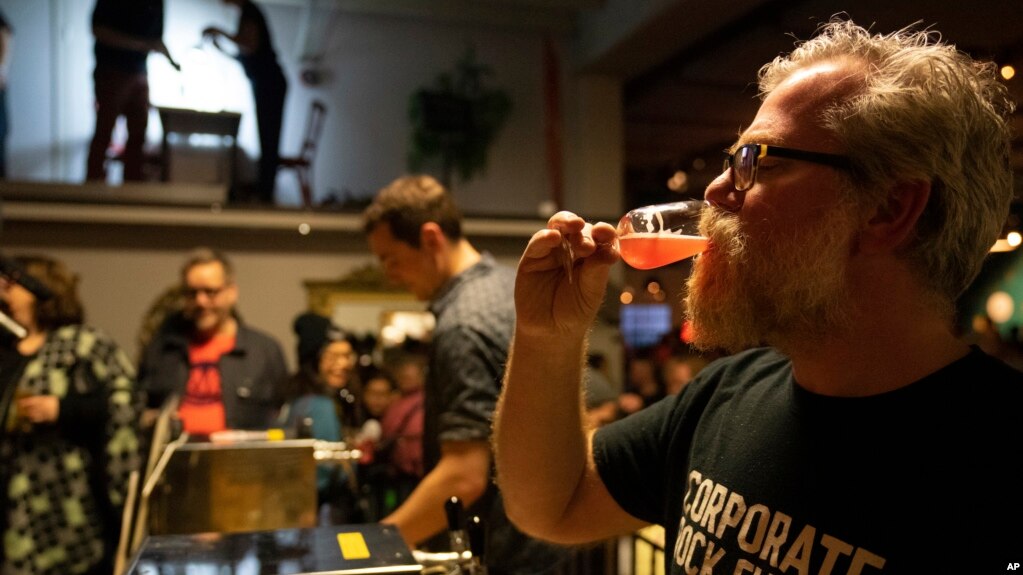You can also listen to the audio file by clicking on the Play Button
3/31/2019
Argentina, Japan and Macroeconomics
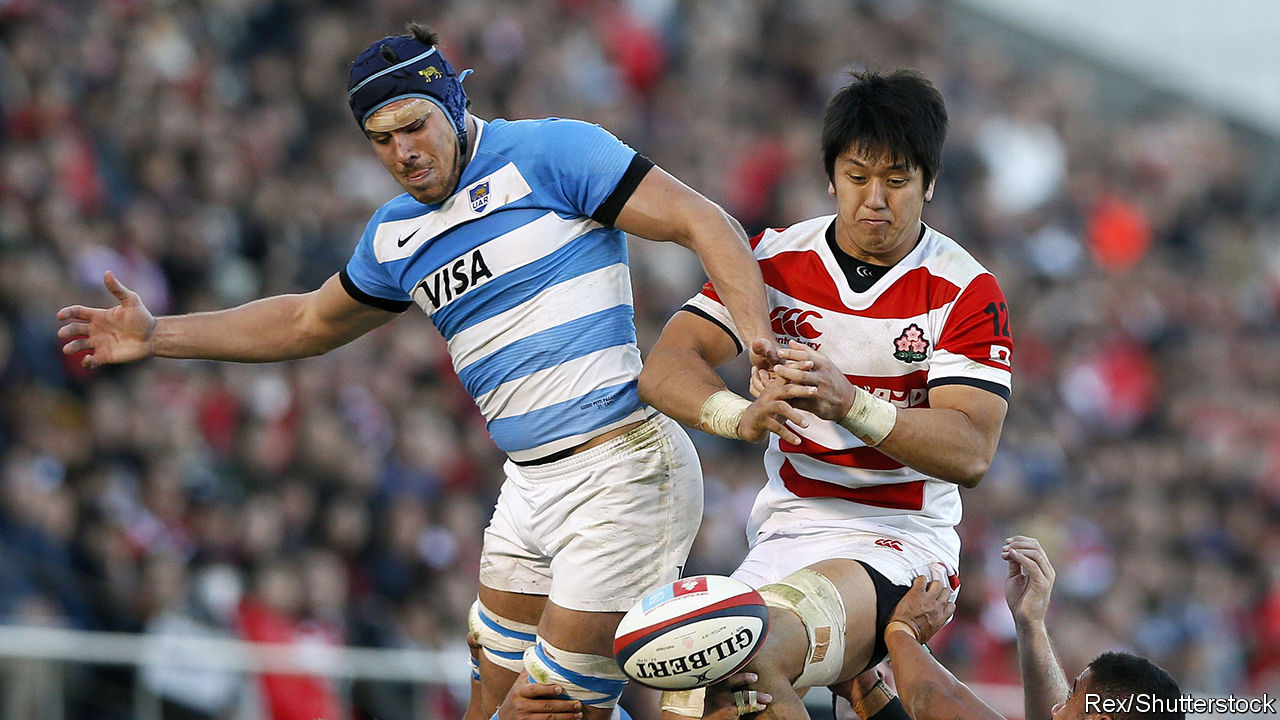
Why is inflation so stubbornly high in
Argentina and low in Japan? In Argentina, consumer prices were 50% higher in
February than a year earlier, the fastest increase since 1991. In Japan over
the same period, inflation was less than 0.2%, equalling the lowest rate since
2016.
The inertia
in both countries is puzzling. Inflation has stayed low in Japan despite a tight labour market (unemployment has remained at 2.5% or below for over a
year) and high in Argentina despite a fast-shrinking economy: its GDP contracted
by more than 6% year-on-year in the fourth quarter of 2018.
The two
countries, of course, have long perplexed economists. In 1950 Argentina’s GDP per
person was three times that of Japan, according to the Maddison Project
database. The Eva Perón charitable foundation, run by the president’s wife,
shipped 100 tonnes of relief supplies to the war-battered Japanese. Thousands
of Japanese migrated in the opposite direction, creating a population of 23,000
Nipo-Argentinos by the end of the 1960s.
But Japan’s GDP per
person eclipsed Argentina’s around 1970 and is now about twice as high,
measured at purchasing-power parity. Its success and Argentina’s failure defied
predictions. Simon Kuznets, who won the Nobel prize in economics in 1971 for
his work on growth, put it best: there are four types of countries in the
world—developed, undeveloped, Japan and Argentina.
Policymakers
in both countries have tried hard to make them macroeconomically “normal”.
After Shinzo Abe became Japan’s prime minister in 2012, the central bank
promised to raise inflation to 2% in about two years by expanding its asset
purchases. And after Mauricio Macri won Argentina’s presidency at the end of
2015, the central bank promised to raise interest rates enough to bring
inflation down below 17% in 2017 and 12% in 2018.
In both
cases, these new policy frameworks seemed to offer a break with the past. However, both governments have been forced to revisit their
targets and their instruments for achieving them. When price pressures proved
more stubborn than Argentina expected in 2017, the government relaxed its inflation targets to bring them closer in line with reality. But
that led investors to lose faith in the authorities’ resolve to tackle
rising prices. In Japan, many commentators think the central bank should lower
its seemingly unreachable 2% inflation target to something more achievable.
In both countries, workers demand that their pay keeps pace with
the price pressures they feel, not the inflation the central bank promises.
During the spring shunto (or wage offensive), Japan’s big companies
and unions discuss wage deals that set a benchmark for other parts of the
economy. Companies like Panasonic, Hitachi and Toshiba have this year offered
increases in base pay of only 0.3%.
Argentina
has a similar set of negotiations known as paritarias. Some
economists expect them to yield wage increases of 30-35% this year, which will
help keep inflation uncomfortably high. In parts of Argentina the school year,
which begins in March, was delayed by striking teachers demanding salary
increases to offset last year’s inflation and this year’s, whatever it turns
out to be.
Argentina’s
inflationary tendencies reflect its long struggle to live within its means. Argentina has
recorded a deficit in its current account in 30 of
the past 40 years. Japan, on the other hand, has run a surplus since 1981 and
is now the world’s biggest net international creditor.
Despite some signs of
change, Japan’s corporations still hoard cash and other financial assets,
rather than splashing out on the higher wages or dividends a rich economy can
afford.
There are
four types of countries in the world: developed, undeveloped—and economies in
each of those two categories who think they are in the other.
From The Economist (Edited)
3/25/2019
The decline of first-class air travel
 |
| Emirates First-Class |
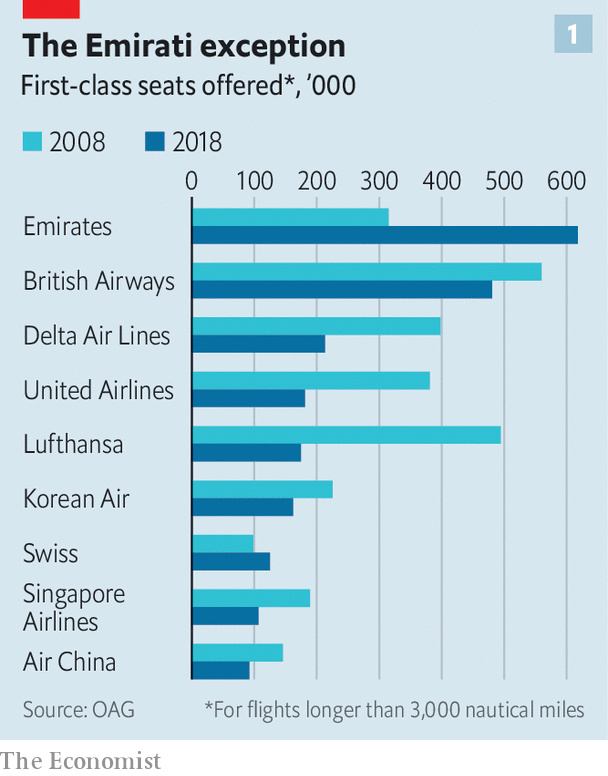 The
rows of hundreds of empty armchairs suggest that something is not quite right.
Airlines are falling out of love with first class. And that is true even of
Emirates, which sells far more first-class tickets than any other carrier (see chart 1).
The
rows of hundreds of empty armchairs suggest that something is not quite right.
Airlines are falling out of love with first class. And that is true even of
Emirates, which sells far more first-class tickets than any other carrier (see chart 1).The decline of first-class air travel seems at first glance surprising. Facilities onboard have never been so good. On its a380 superjumbos, Emirates first class provides in-flight showers. Moreover, the number of very rich people has risen sharply. Forbes, a magazine, estimates that the stock of billionaires has doubled to more than 2,100 over the past two decades. And the rest of the luxury-travel business is booming. Richard Clarke of Bernstein, a research firm, estimates that the number of luxury hotels in Asia could increase by as much as 168% over the next decade.
Even so, many analysts predict that first class will soon disappear. In America it is already almost extinct. Ten or so years ago almost all the many hundreds of long-haul aircraft based there offered first-class seating; now only about 20 do. Elsewhere on the majority of the most-travelled long-haul routes the number of first-class seats available has fallen sharply in the past decade (see chart 2).
When commercial aviation got going after the second world war there was only one class: first. Economy appeared in the 1950s. It was followed in the 1970s by business class and in the 1990s by premium economy, to fill the gap between business and cattle class.
Despite the proliferation
of cheaper seats, airlines still make a lot of their money from the more
expensive ones. High demand for flat beds on transatlantic flights is what has
saved European flag-carriers such as British Airways, Air France and Lufthansa
from going out of business.
 On short-haul
flights, the low-cost model has won. Most “first-class” passengers on these
routes now sit in seats with the same legroom as economy passengers, albeit
with an empty middle seat.
On short-haul
flights, the low-cost model has won. Most “first-class” passengers on these
routes now sit in seats with the same legroom as economy passengers, albeit
with an empty middle seat.
On longer
routes, new seats that turned into fully flat beds were a game-changer. These
were originally introduced by British Airways in first class in 1995, and much
sought after. If travellers could sleep comfortably in the sky, they could save the
cost of a hotel or, more importantly, a day’s working time. Some years later, in 2000 British
Airways launched a similar seat in business, and most carriers have
followed suit. That has weakened the case for flying first class. Most
companies think a flat bed in business class is good enough for their
employees.
Airlines that
offer first class say they still do so for two main reasons. The first is to
use upgrades from business class as an incentive for loyalty from both
corporate and individual customers. But as the gap between business and first
has narrowed, frequent flyers have begun to respond better to other incentives,
such as access to lounges or to special hotlines.
The second
reason for maintaining first class is also weakening because of the “halo
effect” an airline creates by advertising first-class facilities. Flyers begin to think economy on Emirates,
say, is fancier than on other airlines by association with features in its
first class, such as in-flight showers. This can be an effective marketing
tool. For instance, Etihad, a rival to Emirates in the Gulf, has probably had
more press coverage for its onboard first-class apartments called “The
Residence”, of which it has only ten, than all its 30,000 other seats combined.
Why do some
passengers still want to fly first rather than business? Privacy is one reason.
Smaller cabins and walled-off seats make it easier for a celebrity to fly
unnoticed. Another is flexibility.
First-class passengers want to sleep and eat when they choose, not on a
timetable set by cabin crew, as often happens in business class.
Additionally, first-
and business-class sales are threatened by private jets. These let executives
avoid the wait for a scheduled flight. It is also much quicker to pass through
security in a private-jet terminal than an airport. Moreover, executive jets
are becoming cheaper in relative terms. New shared-ownership and ride-hailing
services allow the cost of a private jet to be spread over many users.
Emirates lounge
manager in Dubai sounds perplexed: “You need to do something different to make
first class worth it.”
3/17/2019
3/16/2019
San Pellegrino's logo
Over the last decade, psychologists at the Crossmodal Research Laboratory at Oxford University, led by Professor Charles Spence, have been investigating the relationship between visual stimuli and taste. In a typical study, researchers created a range of fictitious new drinks-brand designs, where elements such as shape and colour were systematically varied. They asked volunteers to classify the designs in terms of the attributes they expected each drink to have – whether, for instance, they imagined one might be sweet or sour, fizzy or still.
Preliminary research identified what designs the participants associated with particular tastes. Then people were asked to sample an unfamiliar mix of sweet, sour, fizzy and still fruit juices from different types of packaging, to find out whether the expectations set by the bottle influenced how they experienced an unfamiliar product. The researchers concluded that people tend to associate angular shapes with carbonated and bitter-tasting food and drink, and assume that rounder shapes will carry still water or sweet drinks.
These associations seem like a form of synaesthesia, where the senses are crossed in surprising ways. When Duke Ellington heard Johnny Hodges, a saxophonist, play a G, he experienced the sound as a “light blue satin”. But whereas synaesthetic associations differ from person to person, the links between shapes and tastes seem consistent. That’s where San Pellegrino may be on to a winner. The researchers at Oxford found that incorporating a star into a design helps connote the arousing experience of drinking carbonated water. If, on the other hand, you’re flogging a sweet drink, rounded shapes are better: think of the red circle in the 7Up logo or the flowing typeface of Coca-Cola.
Most consumers don’t realise that packaging can have such an effect on them. But next time you go to the drinks aisle at the supermarket, open your eyes and you’ll see stars.
3/09/2019
US Women National Soccer Team vs. USSF
All 28 members of the
World Cup champion U.S. women’s national soccer team are taking legal action
against the USSF (United States Soccer Federation). They claim the organization pays
them less than male players and denies them equal training, travel and playing conditions.
The women filed their lawsuit in
Los Angeles on Friday.
U.S. Women’s
National Team Players Association is not part of the lawsuit. However, its
representatives said in a statement that the association “supports the World
Cup Champion US team.”
Alex Morgan, a member of the women’s team,
said, “Each of us is extremely proud to wear the United State jersey, and we take
seriously the responsibility that comes with that. We believe that fighting for
gender equality in sports is a part of that responsibility.”
The U.S. Soccer Federation did not
immediately comment on Friday.
The U.S. women’s soccer team has seen
great international successes, including three World Cup championships and four
Olympic gold medals.
They will soon defend their title at
the Women’s World Cup in France in June-July.
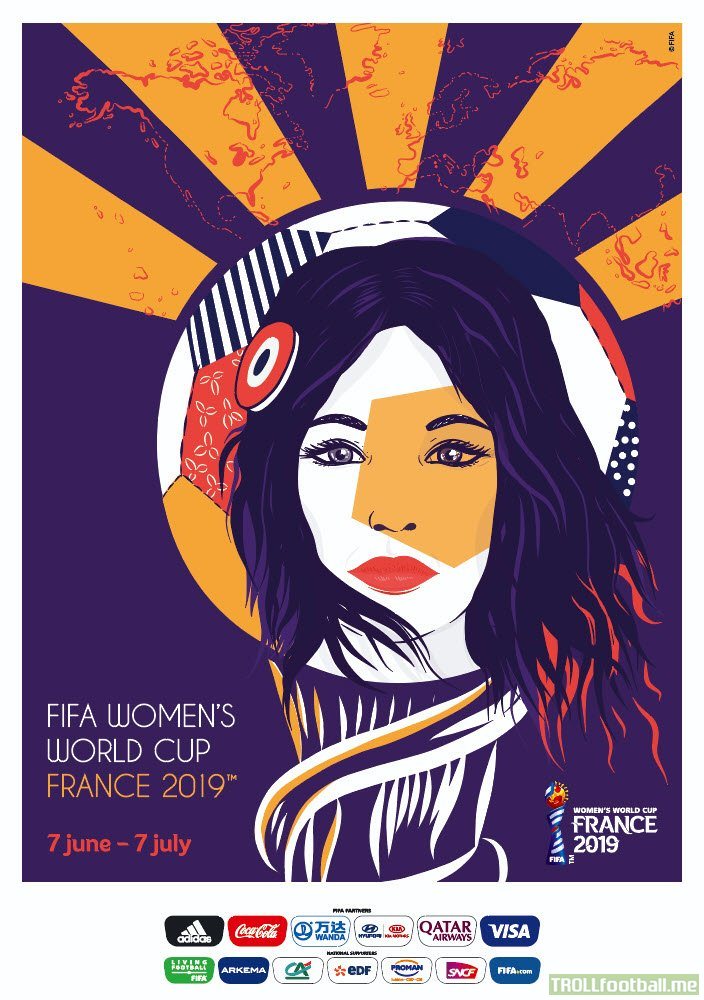
From VOA News (edited)
3/05/2019
Trump’s former lawyer’s testimony
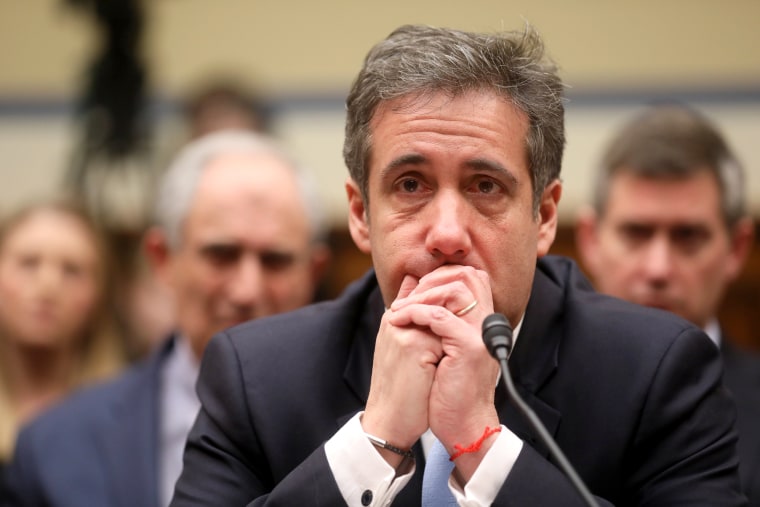
For ten years, Michael
Cohen was Donald Trump’s attack dog. By his own estimate, the president’s
former fixer threatened more than 500 people or entities at Mr Trump’s request.
But in sworn testimony before the House Oversight Committee on February 27th,
and armed with documents, Mr Cohen called his former boss “a racist…a con man…and
a cheat” who is “fundamentally disloyal” and a threat to American democracy.
Mr Cohen’s
accusations were not entirely new. But hearing them made openly before
Congress, under penalty of perjury, crystallised how extraordinary they are. Mr
Cohen said that Mr Trump knew in advance that WikiLeaks would release stolen
emails damaging to Hillary Clinton’s campaign. That would make the campaign
complicit in an attack by a foreign intelligence service.
Mr Cohen also
entered into evidence a pair of cheques—one signed by Mr Trump from his
personal account and the other from his trust account, each for $35,000, both
from 2017, after he took office—which he said were reimbursements for hush
money paid to a pornographic-film actress. Mr Cohen says that as late as
February 2018, Mr Trump told Mr Cohen to say that he did not know about these
payments.
He also brought
three financial-disclosure statements to illustrate his claim that Mr Trump
inflated his net worth when he wanted people to think he was rich, and deflated
it to minimise his taxes. In 2012-13, according to the statements, his net
worth rose from $4.6bn to $8.7bn—due largely to his “brand value”, which Mr
Trump did not mention in 2012 but by 2013 was somehow worth $4bn. Mr Cohen also
said that Mr Trump inflated the value of his assets to an insurance firm, which
would count as fraud.
Mr Cohen said Mr
Trump, “knew of and directed the Trump Moscow negotiations throughout the
campaign and lied about it.” He said he briefed Mr Trump, as well as Donald
junior and Ivanka, about the project around ten times in 2016. Mr Cohen said he
knew of no “direct evidence that Mr Trump or his campaign colluded with
Russia.” But, he said, “I have my suspicions,” noting Mr Trump’s desire to win
at all costs.
Republicans on
the committee implied that Mr Cohen’s testimony was a plot to land a lucrative
book or film contract. And they highlighted that he was convicted of lying to
Congress, among other things, and will soon begin a three-year prison sentence.
Mr Cohen accused
Trump of conduct more serious than Bill Clinton’s lies about an extramarital
affair. The prospect of impeachment is closer now than it was before Mr Cohen
testified.
From The Economist (edited)
3/04/2019
Lotteries and VAT

People pay taxes because governments say they must and society says they should. But what if tax compliance became fun?
Governments around the world are encouraging consumers to ask for receipts by turning them into lottery tickets. Taiwan was an early experimenter, in 1951. The past decade has seen a flurry of such schemes: China, the Czech Republic, Lithuania, Portugal, Romania and Slovakia all now have them. Latvia will launch one later this year.
The aim is to make it harder for retail businesses to evade taxes. Worldwide, 20-35% of government revenue comes from value-added taxes (VAT) or similar levies on consumption.
The problem is not business-to-business transactions. When selling direct to consumers, it is tempting to accept cash without recording the sale. The idea of a receipt-lottery scheme is to give customers an incentive to ask for receipts, thereby forcing sales to be recorded and taxed. Receipts are printed with a code that is then submitted into a central lottery, which awards prizes ranging from money to cars and holidays.
The Brazilian state of São Paulo, for example, grants citizens who give their taxpayer number when making a purchase not just a chance to win a prize, but a rebate of 30% of the sales taxes they have paid.
According to a report for the European Commission in 2017, of the ten European countries with the biggest shortfalls in collection of VAT in 2014-15, nine have, or are setting up, a receipt-lottery scheme. (Italy is the exception.) Though a receipt lottery cannot end evasion on its own, says Jonas Fooken, a researcher at the University of Queensland, adding “a bit of magic” to mundane purchases can help.
Article from The Economist (edited)
Subscribe to:
Posts (Atom)









